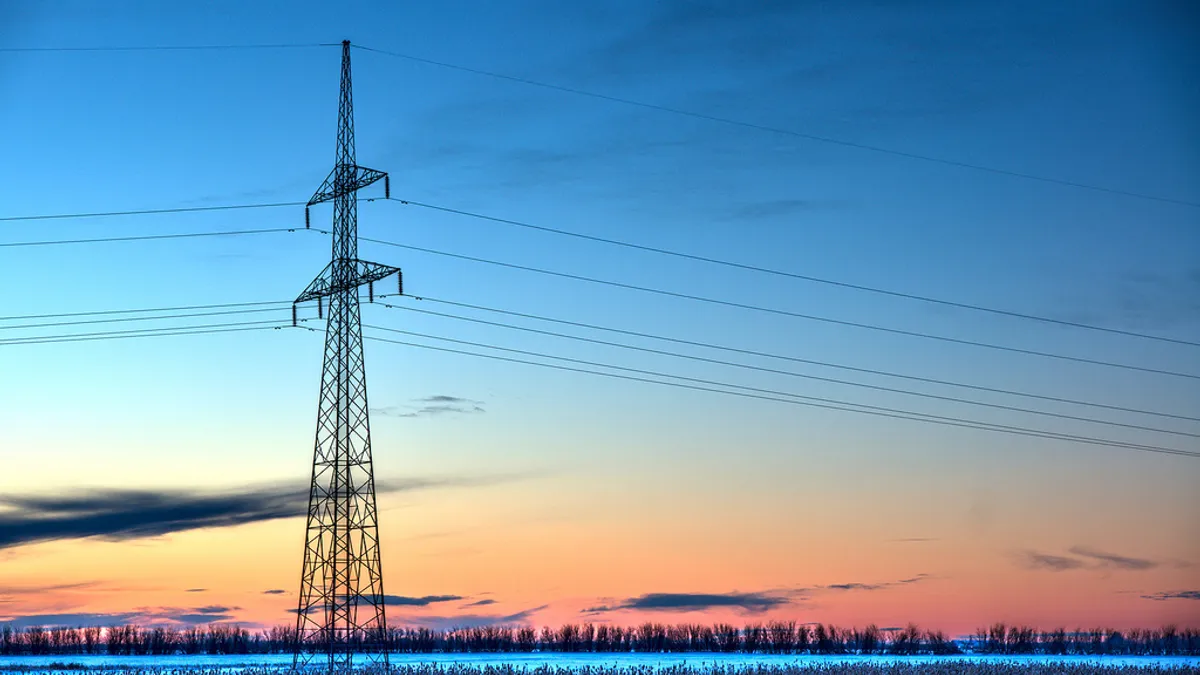Dive Brief:
- FirstEnergy Corp. is investing nearly $35 million in new electric transmission projects to support the Marcellus Shale gas industry in western Pennsylvania.
- The projects include upgrading an existing transmission line as well as building or expanding two electric substations to accommodate expanding natural gas processing plants and compressor stations.
- The new transmission facilities also will help enhance service reliability for West Penn Power customers, the company said.
Dive Insight:
The shale gas boom continues to drive transmission projects, but FirstEnergy stressed that pushing more power to processing and drilling facilities is also benefiting the average customer.
"Our investment in new transmission facilities directly supports the fast-growing Marcellus Shale industry," said Carl Bridenbaugh, vice president of transmission at FirstEnergy. "This industry continues to generate jobs and economic prosperity across western Pennsylvania, and we are working quickly to upgrade our system to continue providing our customers access to safe, reliable and affordable electric power."
The company is working on almost $35 million in new projects to support the Marcellus boom, but also stressed the new transmission facilities will help enhance service reliability for West Penn Power customers. New gas facilities in the area account for about 370 MW of projected load growth, or the equivalent of more than 180,000 new homes in FirstEnergy's western Pennsylvania utility territory.
PJM Interconnection directed FirstEnergy to build the projects to maintain electric reliability in the region. The projects include a $31 million substation in Washington County to support a new midstream gas processing facility near Burgettstown, Pa., that separates natural gas into dry and liquid components. The new substation also will reinforce the regional transmission system which is expected to benefit more than 40,000 West Penn Power customers in Washington and Allegheny counties.
The new substation is scheduled to be completed and operational in 2016.














